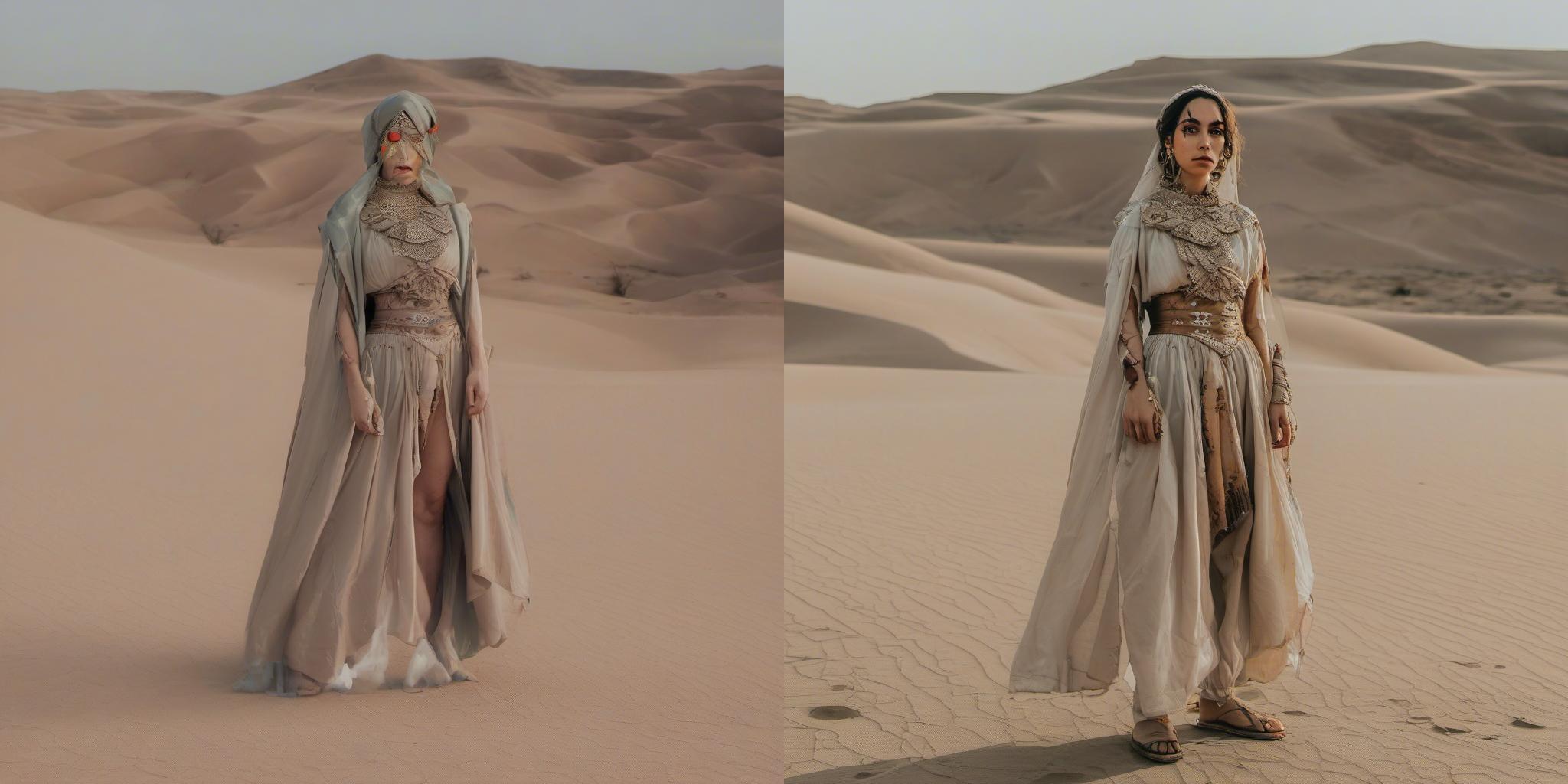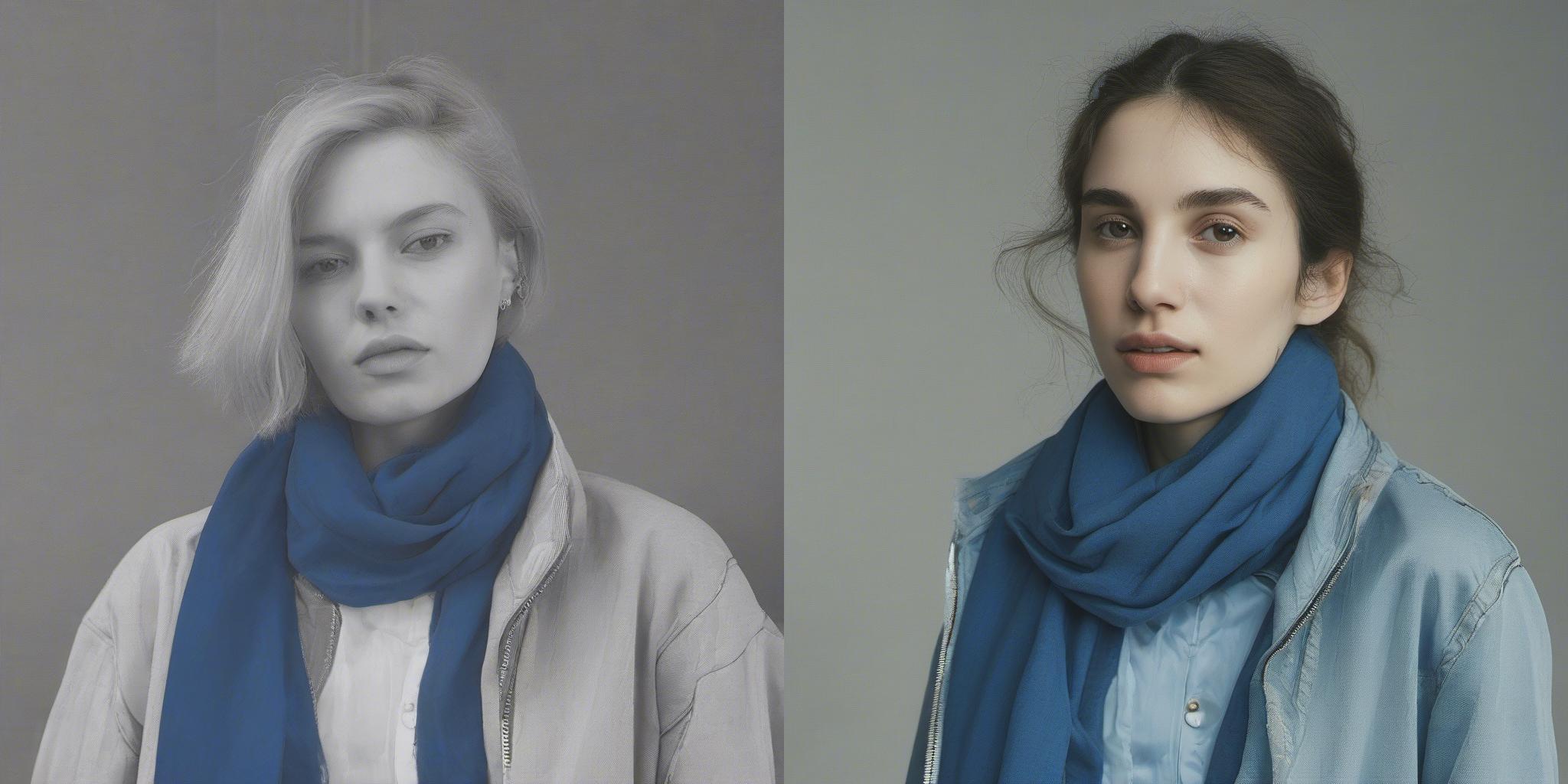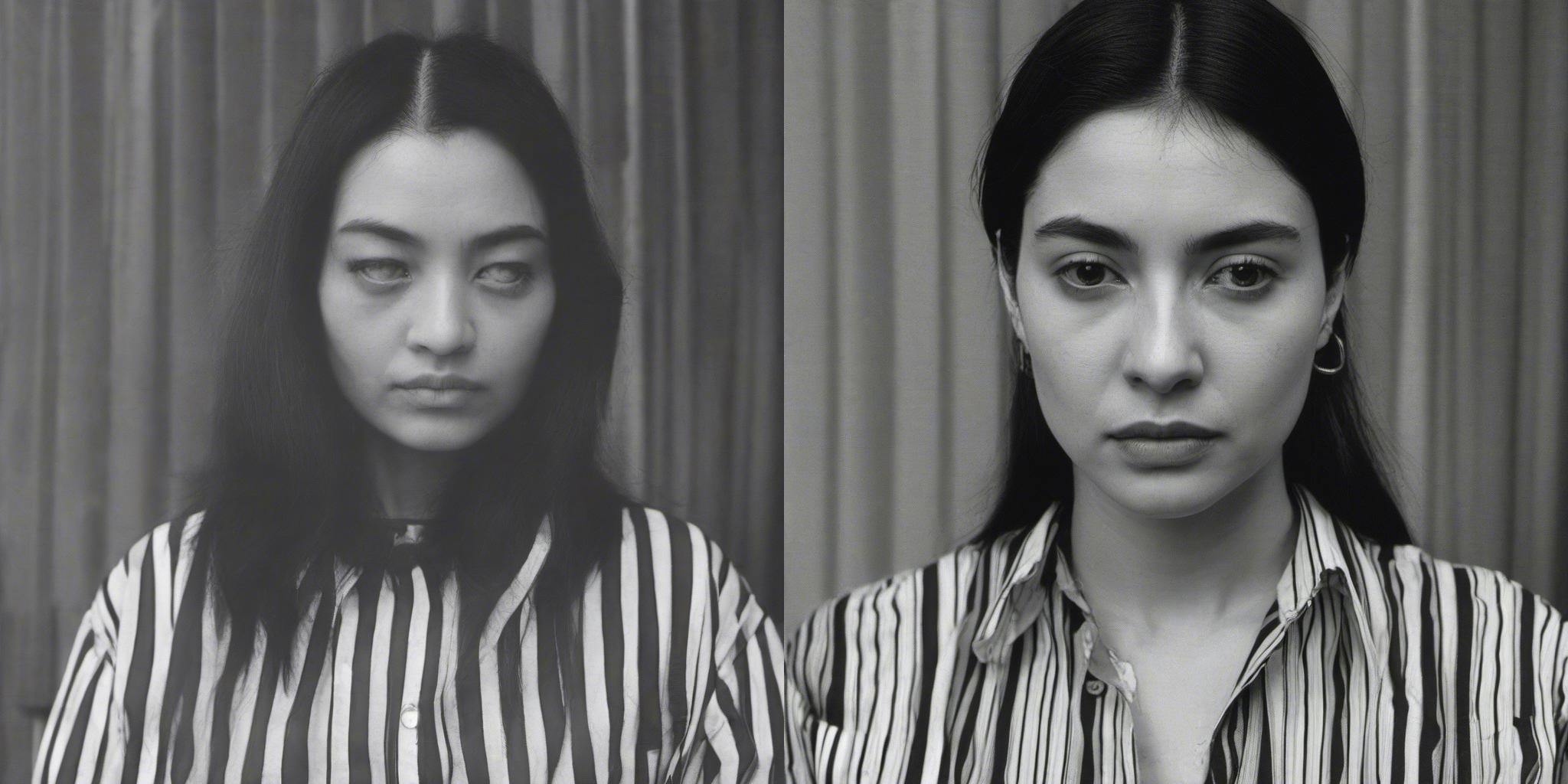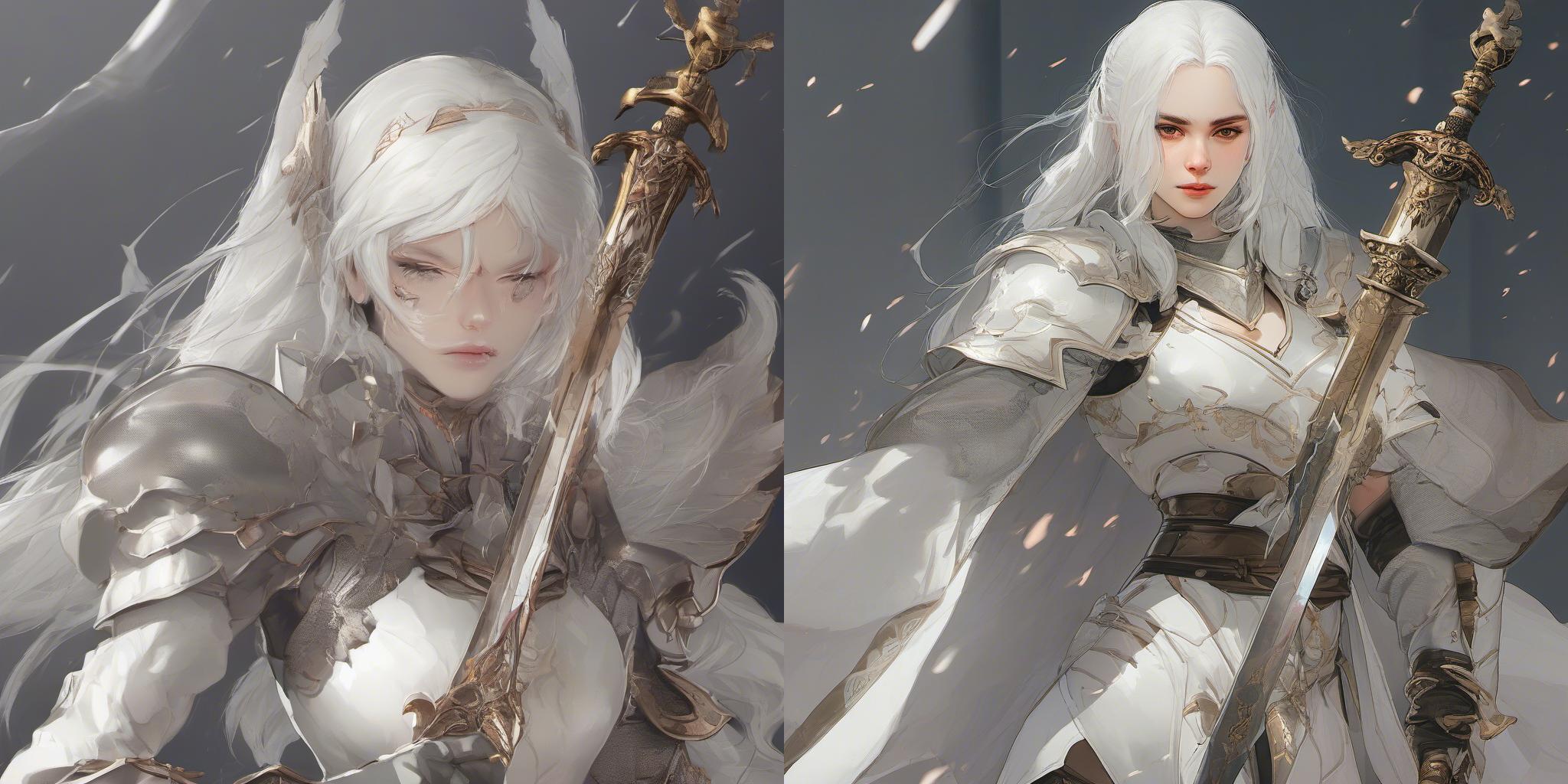
A woman in a costume standing in the desert.

A woman wearing a blue jacket and scarf.
📃 Paper • 🤗 Checkpoints
**FaceScore: Benchmarking and Enhancing Face Quality in Human Generation** Traditional facial quality assessment focuses on whether a face is suitable for recognition, while image aesthetic scorers emphasize overall aesthetics rather than details. FaceScore is the first reward model that focuses on faces in text-to-image models, designed to score the faces generated in images. It is fine-tuned on positive and negative sample pairs generated using an inpainting pipeline based on real face images and surpasses previous models in predicting human preferences for generated faces. - [Install Dependency](#install-dependency) - [Example Use](#example-use) - [LoRA base on SDXL](#lora-based-on-sdxl) - [Acknowledgement](#acknowledgement) - [Citation](#citation) ## Install Dependency This codebase relies heavily on [ImageReward](https://github.com/THUDM/ImageReward). Please follow the instruction in it. Besides, we introduce two addtional package. You can install them as following: ``` pip install batch-face image-reward ``` ## Example Use We provide an example inference script in the directory of this repo. We also provide a real face image for testing. Note that the model can also score real face in the image, and no need to provide a specific prompt. Use the following code to get the human preference scores from ImageReward: ```python from FaceScore.FaceScore import FaceScore import os face_score_model = FaceScore('FaceScore') # load locally # face_score_model = FaceScore(path_to_checkpoint,med_config = path_to_config) img_path = 'assets/Lecun.jpg' face_score,box,confidences = face_score_model.get_reward(img_path) print(f'The face score of {img_path} is {face_score}, and the bounding box of the face(s) is {box}') ``` You can also choose to load the model locally, after downloading the checkpoint in [FaceScore](https://huggingface.co/OPPOer/FaceScore/tree/main). The output should be like as follow (the exact numbers may be slightly different depending on the compute device): ``` The face score of assets/Lecun.jpg is 3.993915319442749, and the bounding box of the faces is [[104.02845764160156, 28.232379913330078, 143.57421875, 78.53730773925781]] ``` ## LoRA based on SDXL We leverage FaceScore to filter data and perform direct preference optimization on SDXL. The LoRA weight is [here](https://huggingface.co/OPPOer/FaceScore/tree/main). Here we provide a quick example: ``` from diffusers import StableDiffusionXLPipeline, UNet2DConditionModel import torch # load pipeline inference_dtype = torch.float16 pipe = StableDiffusionXLPipeline.from_pretrained( "stabilityai/stable-diffusion-xl-base-1.0", torch_dtype=inference_dtype, ) vae = AutoencoderKL.from_pretrained( 'madebyollin/sdxl-vae-fp16-fix', torch_dtype=inference_dtype, ) pipe.vae = vae # You can load it locally pipe.load_lora_weights("OPPOer/FaceScore/FaceLoRA") pipe.to('cuda') generator=torch.Generator(device='cuda').manual_seed(42) image = pipe( prompt='A woman in a costume standing in the desert', guidance_scale=5.0, generator=generator, output_type='pil', ).images[0] image.save('A woman in a costume standing in the desert.png') ``` We provide some examples generated by ours (right) and compare with the original SDXL (left) below.
A woman in a costume standing in the desert.

A woman wearing a blue jacket and scarf.

A young woman in a blue dress performing on stage.

A woman with black hair and a striped shirt.

A woman with white hair and white armor is holding a sword.

A woman with long black hair and a white shirt.